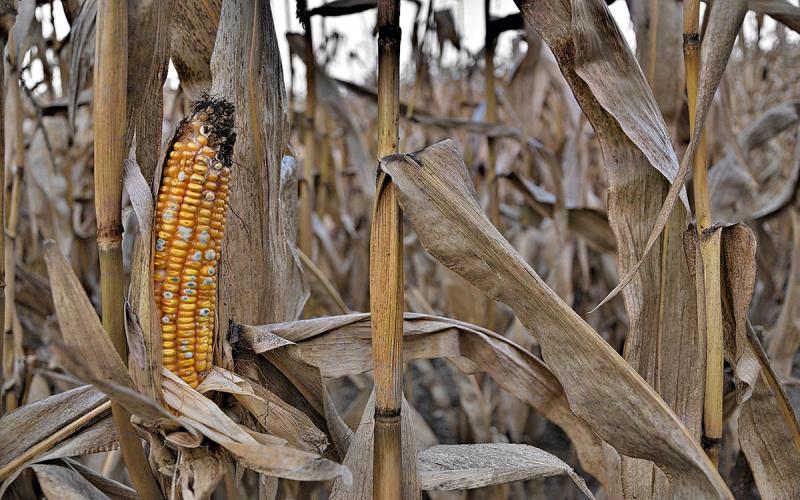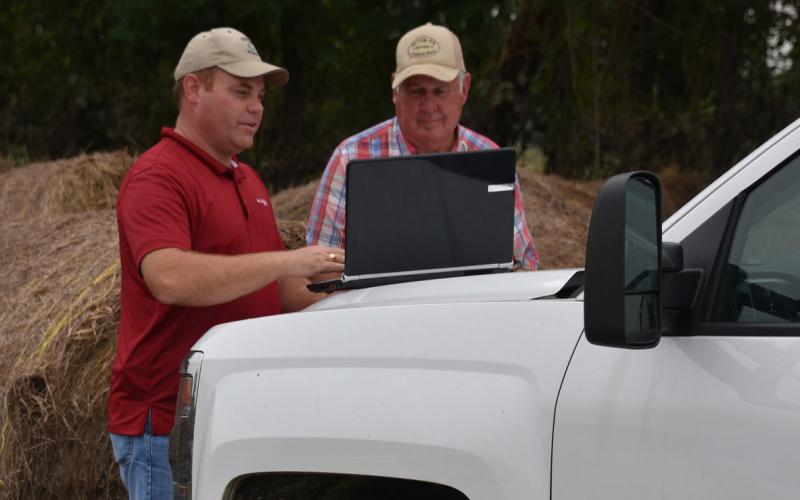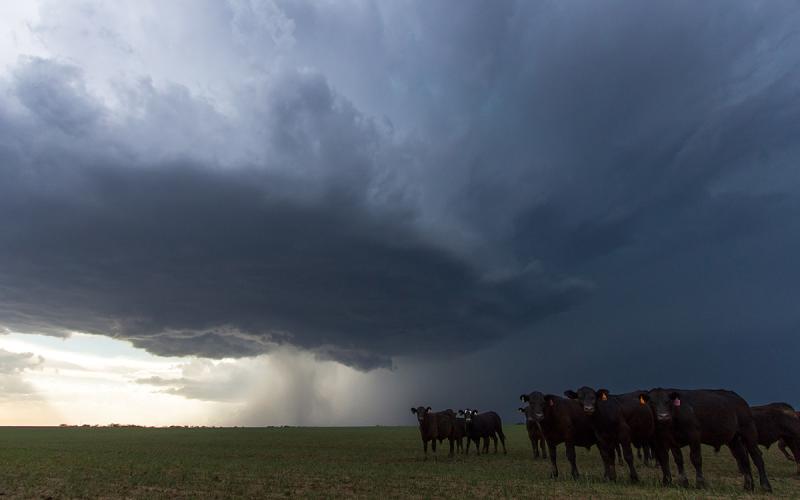Originally written by Tracey Erickson, former SDSU Extension Dairy Field Specialist.
So you ask why is public perception and animal well-being important? Well, did you know that there is just a little over 1% of the population involved in production agriculture, today? Did you know that 98% of the people have no direct connection with how their food is produced? Did you also know that you as a food producer, are #2 in the list of credible messenger’s, behind veterinarians, according to a survey conducted by the Midwest Dairy Association. The public wants to know you and how you produce the food they eat and how you care for the animals you raise. If you don’t believe that statement, then ask yourself, “Why did McDonald’s and Domino’s change their advertising, to feature where the products they use, come from?”
Not a producer of food animals? Pet owners are also under scrutiny by the public. Pets are often considered to be members of the family, however this is not always the case and pets are also mistreated. Regardless of the animals you raise or own the responsibility for ensuring their well-being lies squarely on your shoulders.
Every action you take as animal owners will reflect on the quality of the industry as a whole. Quality assurance in raising livestock involves providing for the animal’s needs to produce a healthy animal and a wholesome product. Basic animal needs include water, food, shelter, and care. Proper attention to animal husbandry helps assure a high-quality, marketable product, whether it be a market steer being raised for beef, a milk cow producing milk or a hog being raised for meat. In addition, we must continue to be our own watch dogs and uphold the image that is valued by the public.
Key Considerations
There are five main areas that should be considered that are important to Livestock Quality Assurance and animal well-being.
- Nutrition: Producers need to remember essential nutrients of the animal and provide a balanced ration to the animal.
- Environment: Livestock should be raised in a facility that has adequate space requirements, is free from hazards and injury, has adequate feeding systems, handling & loading facilities, and manure management systems. In addition, the facility should uphold the desired overall image of a livestock production facility.
- Genetics: producers need to take into consideration consumer preferences when breeding livestock so a desirable outcome is achieved for the purpose which the animal is being raised. In the horse industry, careful selection and limited breeding help prevent the production of unwanted horses. In the dairy industry sexed semen enables producers to be more profitable by having a higher percentage of replacement females available.
- Health: producers need to continue to be proactive in disease prevention, proper drug usage, and continue to follow withdrawal times and avoid drug residues, along with using proper injection techniques, and keeping records on all veterinary health issues and medications and vaccines used while they produce livestock for the consumer.
- Animal-Handling: Animals should be handled in a manner that follows accepted animal handling practices within the industry standards.
Livestock production happens on a daily basis, whether it is by producing milk on a dairy, farrowing a sow in a hog unit, lambing out a ewe, breeding a mare to foal that perfect cutting horse, or finishing a market steer. We need to always keep in mind that everyone involved in the livestock industry is obligated to continue to do their part and to be our own watch dogs upholding a positive image as animal owners and agricultural producers.


